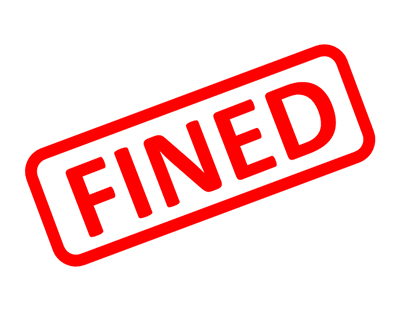The government has legislated for the UK to reach net zero carbon emissions by 2050, with intermediary targets of a 68% reduction by 2030 and a 78% reduction by 2035 (compared to 1990 levels).
However, there are there are many challenges when it comes to decarbonising homes and cutting carbon emissions, especially in the owner-occupier market, with costs representing the biggest barrier to green home improvements. Retrofitting social housing will also be major challenge for local authorities and housing associations.
So far, government regulations designed to help encourage retrofitting have focused on the private rented sector, where Minimum Energy Efficiency Standards (MEES) have been introduced requiring private rented properties to have a minimum rating of EPC band E. The government has proposed increasing this MEES requirement to EPC C or above by 2025 for new tenancies, and by 2028 for all tenancies.
A recent analysis of Energy Performance Certificate (EPC) data conducted by Propflo, a decarbonisation platform for lenders, reveals that the UK economy stands to benefit by a minimum of £28bn at a cost of £23bn – resulting in a net gain of £5bn – if privately rented properties below an energy rating of C undergo complete retrofitting with all recommended improvements.
However, should landlords choose to undertake only the minimum work to comply with the proposed MEES, the economic gain would be £8.7bn against costs of £13.9bn, translating to a net economic cost of £5.2bn. This emphasises the importance of supporting and incentivising landlords to surpass the minimum requirements in order to fully unlock a property’s energy efficiency potential.
The analysis of EPC data includes calculations of costs and lifetime energy savings. This assessment, however, does not account for additional benefits such as enhanced property value, mortgage and tax savings, job creation, and improvements in energy security, health, and overall well-being.
While a significant majority of privately rented properties below a C would need spending close to or at the £10,000 cap (over 80%), 2% of properties would only require an average expenditure of £311 to achieve compliance, while another 6.2% would require an investment of £1,514 per property.
The analysis also demonstrates that 81% of properties within scope have at least one low-cost energy efficiency improvement recommendation, including energy-efficient lighting or loft insulation, and approximately 0.2% of properties only require a single low-cost improvement to attain a grade C rating.
Furthermore, approximately 0.6% of properties may be eligible for exemptions based on high costs or third-party consent, and 7.7% are within the scope of the wall insulation exemption (subject to expert advice confirming that the work would not negatively impact the building’s structure).
This analysis comes as the deadline for meeting new MEES regulations – expected to be announced later this year – could be relaxed.
Luke Loveridge, Founder and CEO, Propflo, said: “MEES should be viewed as both an economic opportunity and a means to enhance our energy security, address fuel poverty, and meet our legally binding carbon targets. Whether the deadline is 2028 or not, the government should explore avenues to provide support to private landlords, enabling them not only to meet the minimum standards but to exceed them.”








